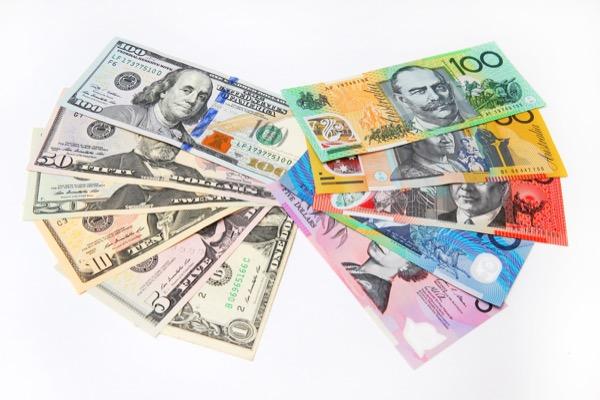Basic background of the Australian dollar
The Australian dollar has maintained its gains over the past few weeks, despite a slight recovery from the US dollar index late last week. The Australian dollar has been steadily rising since the RBA raised interest rates at its November meeting.
The Australian dollar has since trended higher as the dollar weakened and coincided with last week’s US Federal Reserve meeting. The Australian economy is showing signs of slowing, with both services and composite indicators in contraction territory.
Even if this is the RBA’s highest interest rate, the Australian dollar will still be in the driver’s seat, given Fed Chairman Powell’s comments. The Fed expects to cut rates by 75bps in 2024, but the RBA has not yet taken such a dovish stance. The RBA may remain a bit more hawkish until we see dovish price increases that could halt the Australian dollar’s rise. It will be an interesting end to the year and 2024 will be even more interesting as we see how central banks steer towards potential rate cuts.
next week
The rest of this week will see a lot of data released, especially from the US. These announcements may result in some changes to the Federal Reserve’s expectations for the federal funds rate. This situation could continue until his 2024 as data continues to be released.
However, at this point, any data release is unlikely to have a lasting impact and is likely to result in only short-term changes.
Earlier this evening, we also heard comments from Fed policymaker Mary Daly, who acknowledged that three rate cuts would likely be necessary to avoid too much tightening. Daly also said this is likely to be driven by inflation, which again shows that inflation is not a given. The recent rise in tensions in the Middle East could cause inflation to rise again and also lead to a slowdown in the global economy. It’s going to be a really interesting time.

